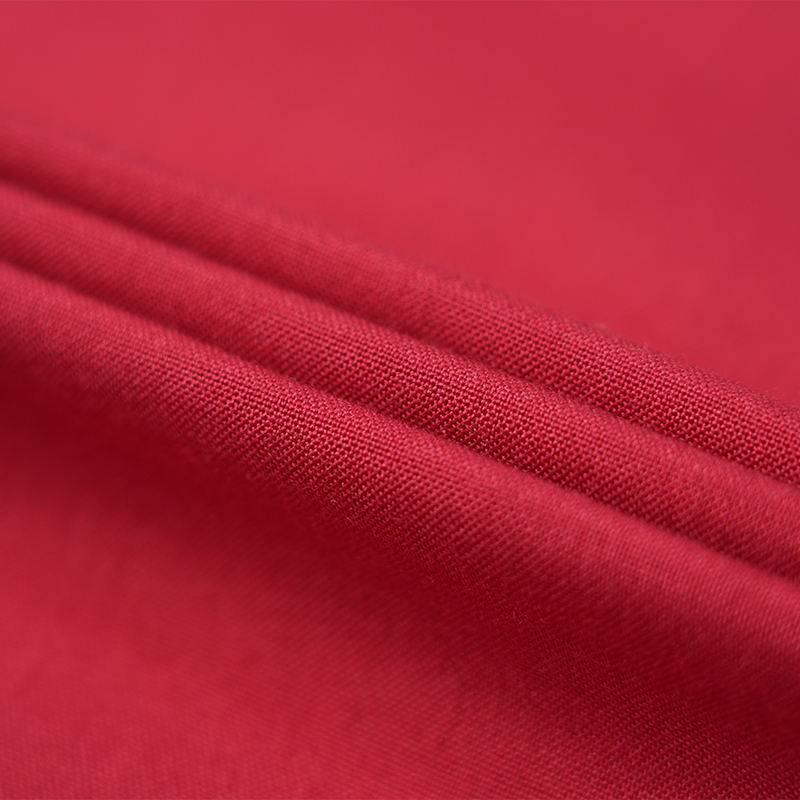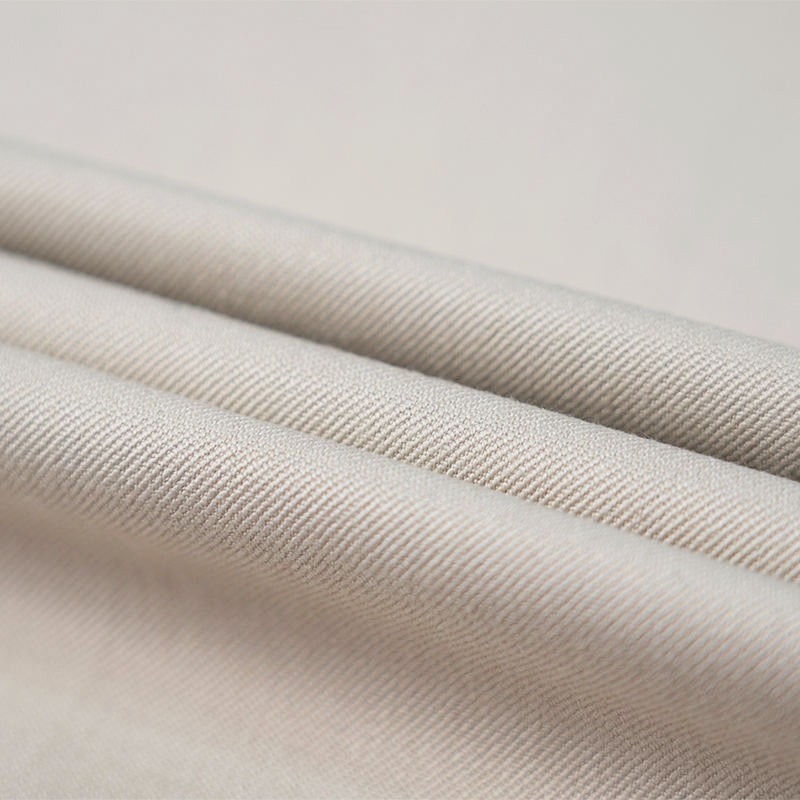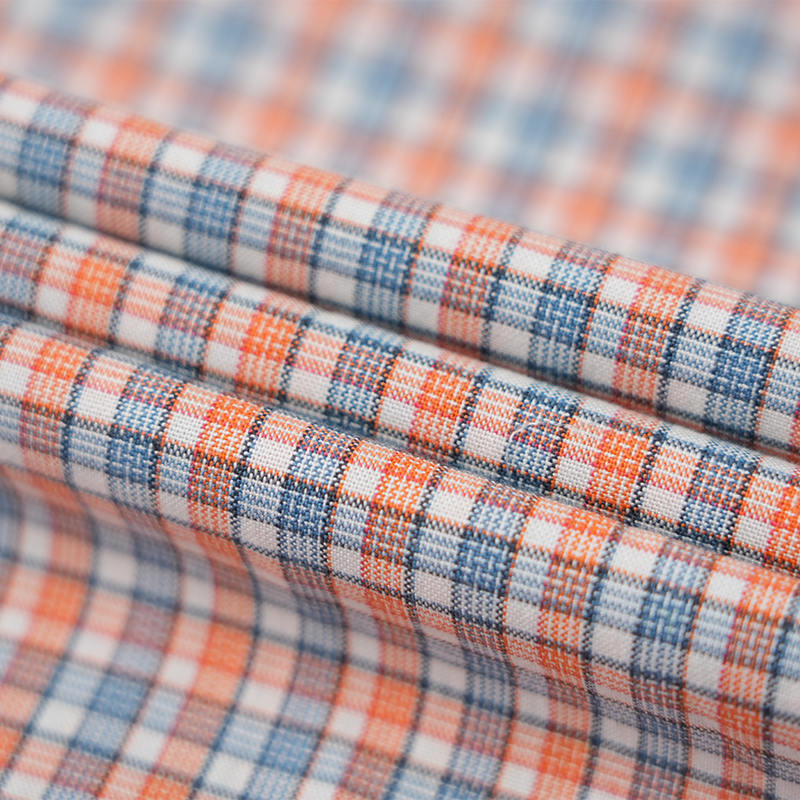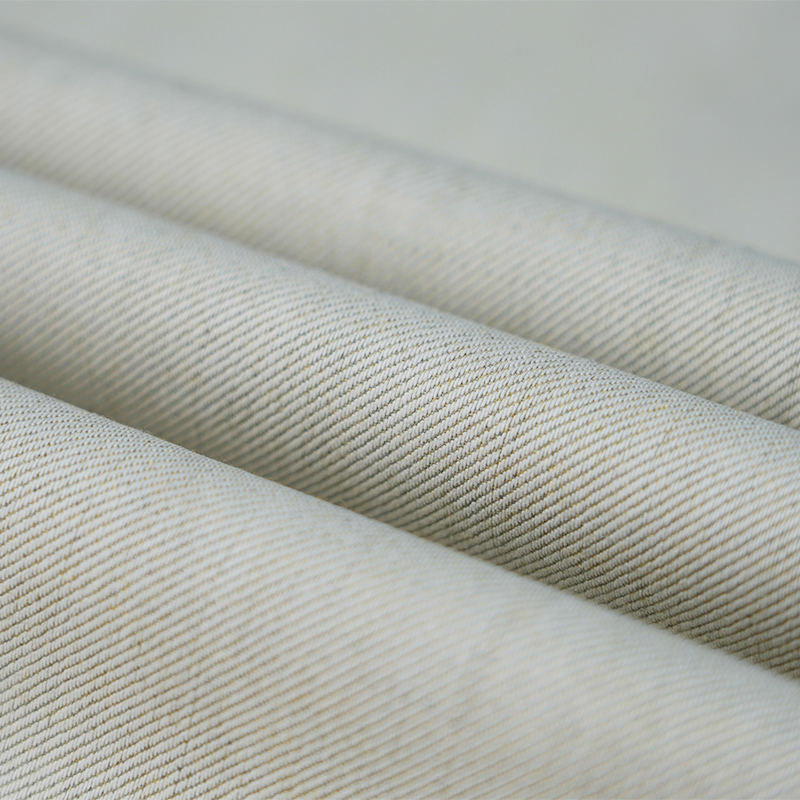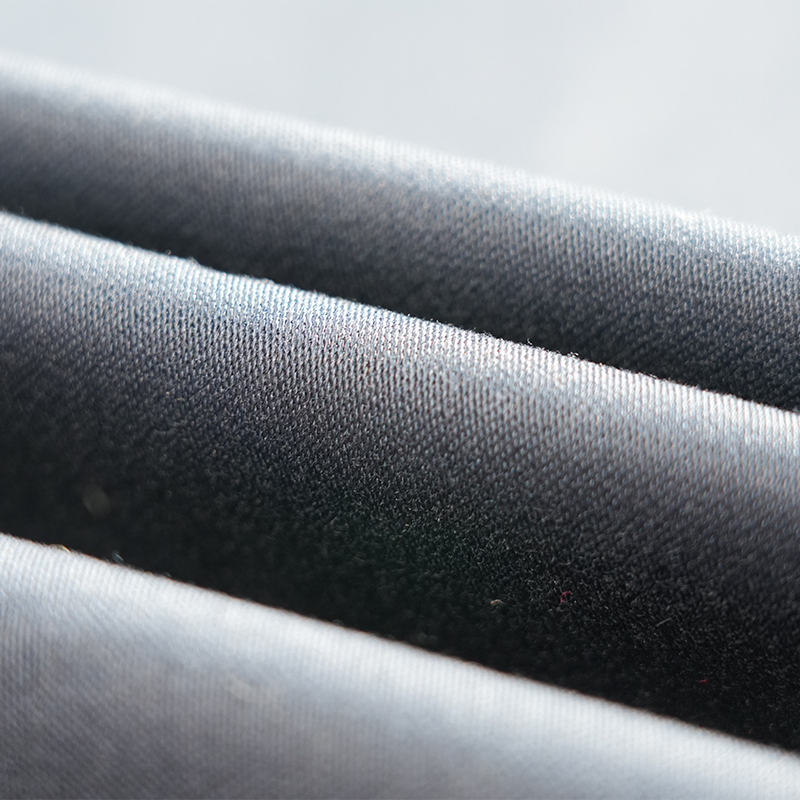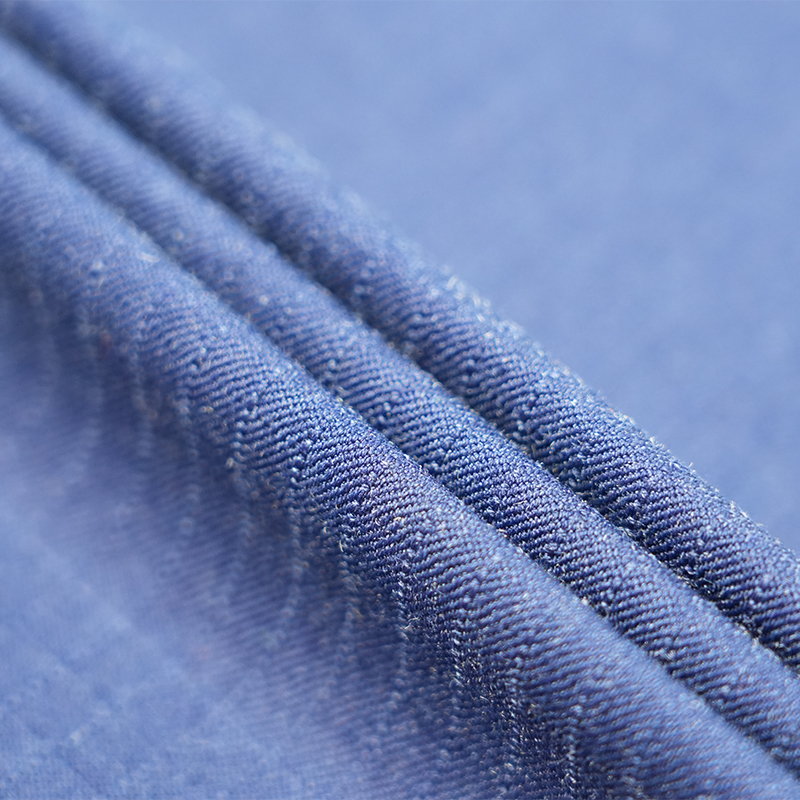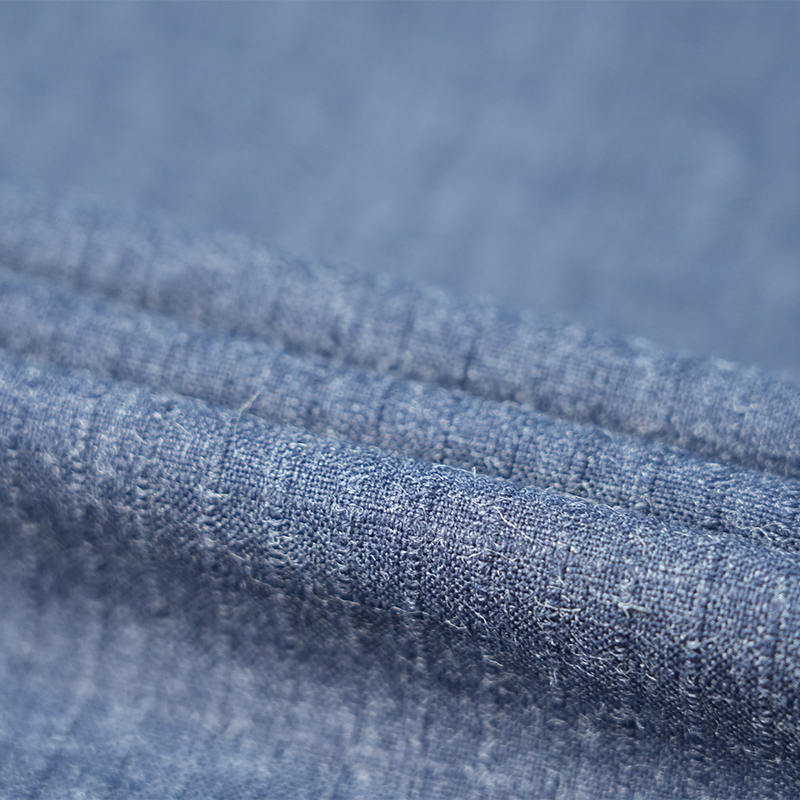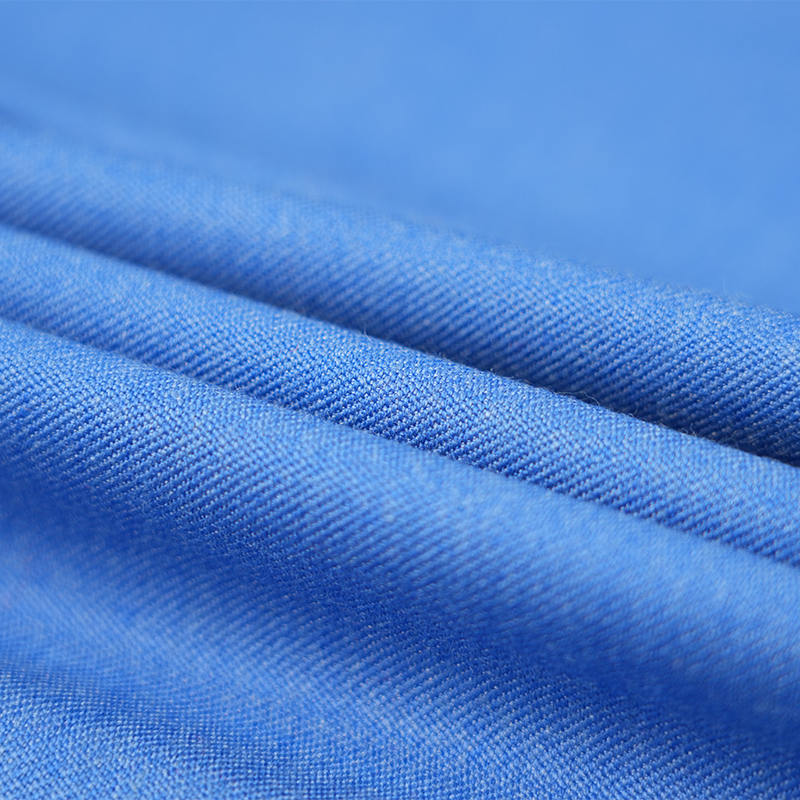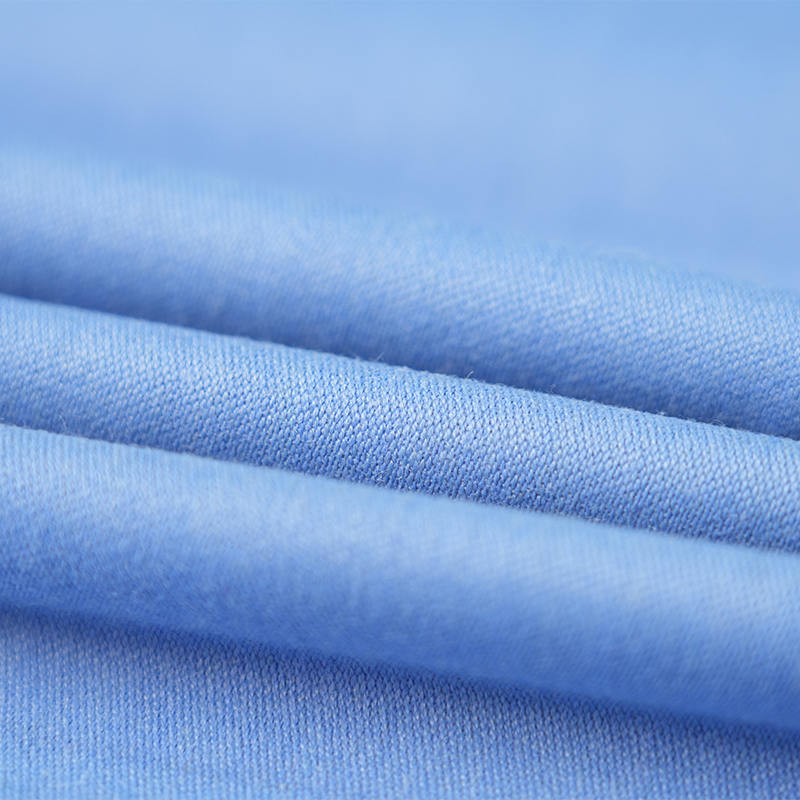Content
1. "Weft knitting" - the structure of the fabric
Definition: "Weft knitting" is a form of knitting. It is made up of one or several yarns that are sequentially bent into loops along the transverse (weft) direction of the fabric and strung together.
Features:
Good elasticity: Due to the coil structure, weft-knitted fabrics are inherently stretchy.
Soft and comfortable: The structure is relatively loose, soft to the touch, and fits the body.
Good breathability: The gaps between coils facilitate air circulation.
2. “Elasticity” – the function of fabric
Implementation method: The elasticity of the fabric is usually achieved by adding spandex. Spandex is a highly elastic fiber like a rubber band. It only needs to be added in a small proportion (usually 3%-10%) to greatly improve the elastic recovery rate of the fabric.
Advantages:
Freedom of movement: Flame-retardant weft-knitted stretch fabric provides the wearer with great freedom of movement without any sense of restriction.
Fits the body shape: It can better adapt to different body shapes and maintain the shape and beauty of the clothing.
Anti-wrinkle and shape-retaining: less prone to wrinkles and better durability.
3. “Flame retardant” - the core function of fabrics
This is the most critical attribute that distinguishes flame-retardant weft-knitted elastic fabrics from ordinary knitted fabrics.
Definition: "Flame retardant" does not mean that the fabric will not burn at all, but it means that when exposed to flame, it can:
Difficult to ignite.
Slow down the spread of flames.
It can extinguish itself after leaving the fire source.
During combustion, charring forms a heat-insulating layer without producing violently burning droplets (this is crucial for safety protection).
Implementation method:
Finishing flame retardant: This is the most common method. The already woven weft-knitted elastic fabric is soaked in flame retardant, and through drying, curing and other processes, the flame retardant component is attached to the fiber surface. This method is cheaper and widely used, but its durability (such as the number of washes) may be limited.
Intrinsically flame retardant fibers: Spinning and weaving using fibers that are inherently flame retardant. For example:
Flame-retardant polyester, flame-retardant nylon: chemical modification makes the fiber permanently flame-retardant.
High-performance fibers such as aramid and acrylic fiber: naturally resistant to high temperatures and flame retardant.
The flame retardant effect provided by this method is usually permanent and washable, but it costs more.
4. Main application areas
Flame-retardant weft-knitted stretch fabrics are widely used in fields with high protection requirements because of their combination of safety and comfort:
Industrial protective clothing: work clothes for petroleum, chemical, natural gas, electric power, metallurgy and other industries.
Special military and police uniforms: combat uniforms, firefighter linings, etc.
Racing clothing: racing driver's underwear and socks, etc.
Aviation/railway sector: uniforms for cabin crew and ground staff.
High-end household products: such as flame-retardant curtains and sofa covers for hotels, theaters, etc.

 EN
EN 中文简体
中文简体 English
English русский
русский Español
Español Português
Português عربى
عربى


